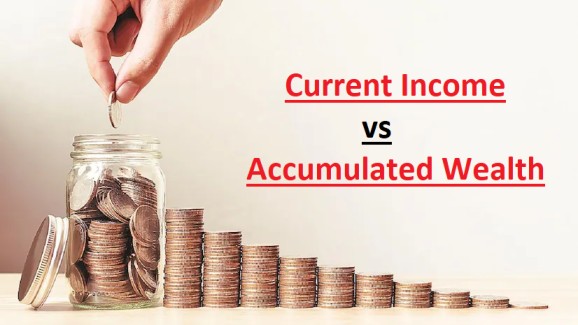
Increasing Passive incomes in Companies
- December 9, 2024
- 0
Data revealed from income tax returns does provide a window into some emerging trends in the economy. One prominent emerging trends is an increase in the share of passive incomes. Defining salary and business incomes as active income and all other sources as passive incomes. It can be seen that the share of passive income in total reported income has increased from 16 per cent in assessment year (AY) 2016-17 to 24 per cent in AY 2023-24.
This includes incomes from house property, long-and short-term capital gains, and other sources such as interest receipts and dividends. Long-term capital gains, in particular, saw a sharp increase from 2.36 per cent to 8 per cent.
Active capital markets and the rapid evolution of fintech through easy access to information and ease of investment, in addition to small ticket sizes, have enabled a significant expansion in the investor base. This, in turn, is reflected in the increase in the number of Demat accounts and in retail investment.
In this context, one would expect that individual returns should reflect this dynamism in the incomes reported for income tax purposes.
The sharp increase in stock market valuations during this period – average annual growth of over 12 per cent – alongside muted demand for goods and services attributable to economic shocks could induce such a shift. Poor recovery in private capex in the post-Covid period seems to reflect the challenges of this new evolving scenario.
An issue of concern in this emerging context is whether a sustained bull run in the capital markets could act as hurdle to encouraging real investments in the economy.
Given the relatively long gestation lag for real investments compared to financial investments, the expected returns for the former would need to be higher. These two factors could nudge corporations, at the margin, to opt for financial investments over physical investments.
Is this a concern?
The medium-term growth of the Indian economy has, thus far, been support by capital formation by the government. The Union government has substantially increased capital outlay over the last five years, from 1.6 per cent to 3.2 per cent of GDP, and this is budgeted to increase to 3.85 per cent of GDP in 2024-25.
A shift in focus towards private investment is required to sustain the growth momentum. This should be a concern for policy markers.































































